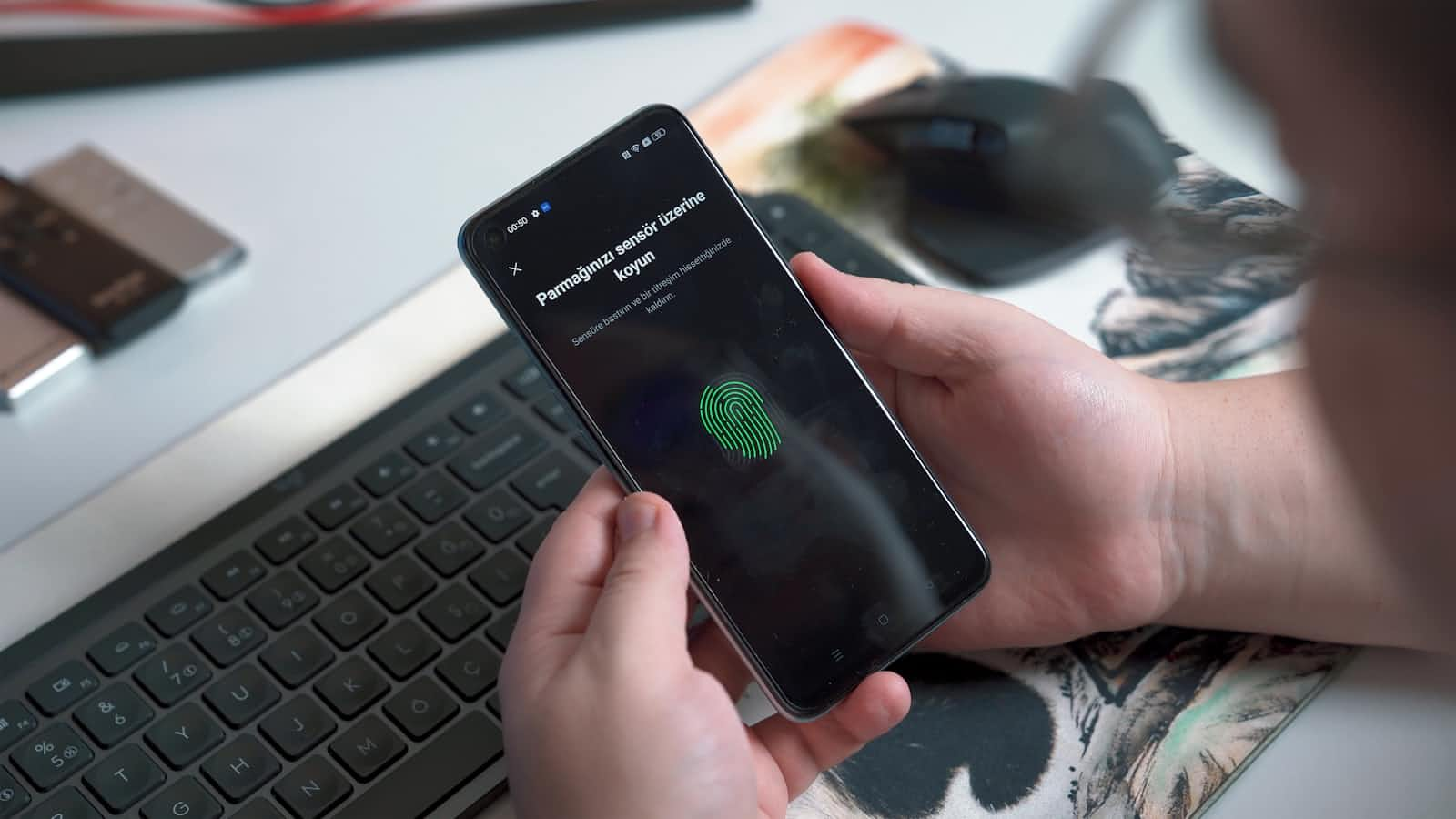Biometric Payments for Security
 Dakshi Goel
Dakshi Goel
What are Biometric Payments?
Biometric payments are an authentication method that uses unique physical characteristics to identify an individual carrying out a transaction. Those characteristics may include a voice, facial features, or even iris patterns.
Say a customer exploring an online store finds the Introduction to Apache Hive eBook they’re interested in. They add it to their cart and head to checkout. Here’s where it gets interesting. Instead of fumbling for a password or credit card details, they use the fingerprint scanner on their phone or take a quick look at their webcam.
As you can see, that eliminates the need to submit payment information every time there’s a transaction. Since every user has unique characteristics, it’s more convenient and safer to confirm their identity that way.
The Authentication Methods in Biometric Payments
There are various authentication methods to verify the identity of users based on their distinct characteristics. Let’s take a look at each of them:
1. Fingerprints
Fingerprint recognition is the most commonly used biometric payment method because it’s user-friendly and reliable. Every person has a unique fingerprint pattern of ridges and valleys on their fingertips. Scanning and matching those patterns against an existing database allows you to identify the person.
Applications include banking apps, fintech solutions, and digital wallets like Apple Pay.
2. Palm Recognition
A step up from fingerprints, this authentication method is quickly gaining traction thanks to companies like Amazon. The former focuses on just the fingertip. On the other hand, palm recognition uses the distinct characteristics of the entire palm, like creases, ridges, and even the underlying vein network.

Free to use image sourced from Pexels
The user holds their palm over a reader, which captures an image of the palm and its unique attributes, and then the payment is authorized (or denied).
3. Iris Recognition
The iris — the colored part of the eye — has intricate patterns that are just as unique as a fingerprint. This time, they are furrows, crypts, and freckles and remain stable throughout a person’s life.
Specialized cameras use near-infrared light to capture high-res images of the iris, focusing on those patterns. The image becomes a digital template used for authentication purposes.
Today, iris recognition applications include ATMs, banking apps, and more.

Free to use image sourced from Unsplash
4. Facial Recognition
Just glance at a screen, and you’re through. Facial recognition is a convenient authentication approach that uses advanced algorithms, like random forest, to match a person’s unique facial features against a database of stored templates.
Mobile payment solutions like Apple Pay and Google Pay use this method, and retailers are adopting it for retail checkout systems.
Facial recognition existed before the iPhone X, but Apple’s implementation of Face ID in the smartphone helped push it to the mainstream.
5. Voice Recognition
Instead of an image, voice recognition creates a distinctive vocal signature using identifiers like pitch, tone, cadence, and even pronunciation. A simple voice command helps users to complete their payments and access information, among other applications.
Voice recognition is becoming more popular as smart tech adoption soars. For instance, several banks allow users to manage their accounts with Alexa-enabled devices.

Free to use image sourced from Pexels
6. Behavioral Biometrics
Fingerprints, faces, and voices are all physical characteristics of biometric payments. But what about a person’s behavior? This method goes in a different direction, analyzing patterns in user activity like mouse and keystroke movement, touchscreen behavior, and device handling.
It seems unconventional, but behavioral biometrics can be surprisingly practical and is helping financial institutions and companies stop fraudulent transactions before they occur. That said, it’s still emerging and is typically combined with other biometric methods.
How Do Biometric Payments Work?
Biometric payments follow a series of steps to authenticate users' identities with their unique characteristics. Let’s take a brief look at the process.
1. Enrollment
The user’s biometric information (fingerprints, palm, facial features, etc.) is captured. That data is stored securely in a database and forms the reference for future authentications.
2. Authentication
The user is ready to complete a transaction or a payment, so they’re prompted to provide their biometric data so it can be authenticated.
3. Authorization (or Not)
The authentication process reveals a close match between the captured data and the stored template, so the system authorizes the payment. Or else there’s a discrepancy, and the system flags or denies the payment.
Subscribe to my newsletter
Read articles from Dakshi Goel directly inside your inbox. Subscribe to the newsletter, and don't miss out.
Written by

Dakshi Goel
Dakshi Goel
Developer